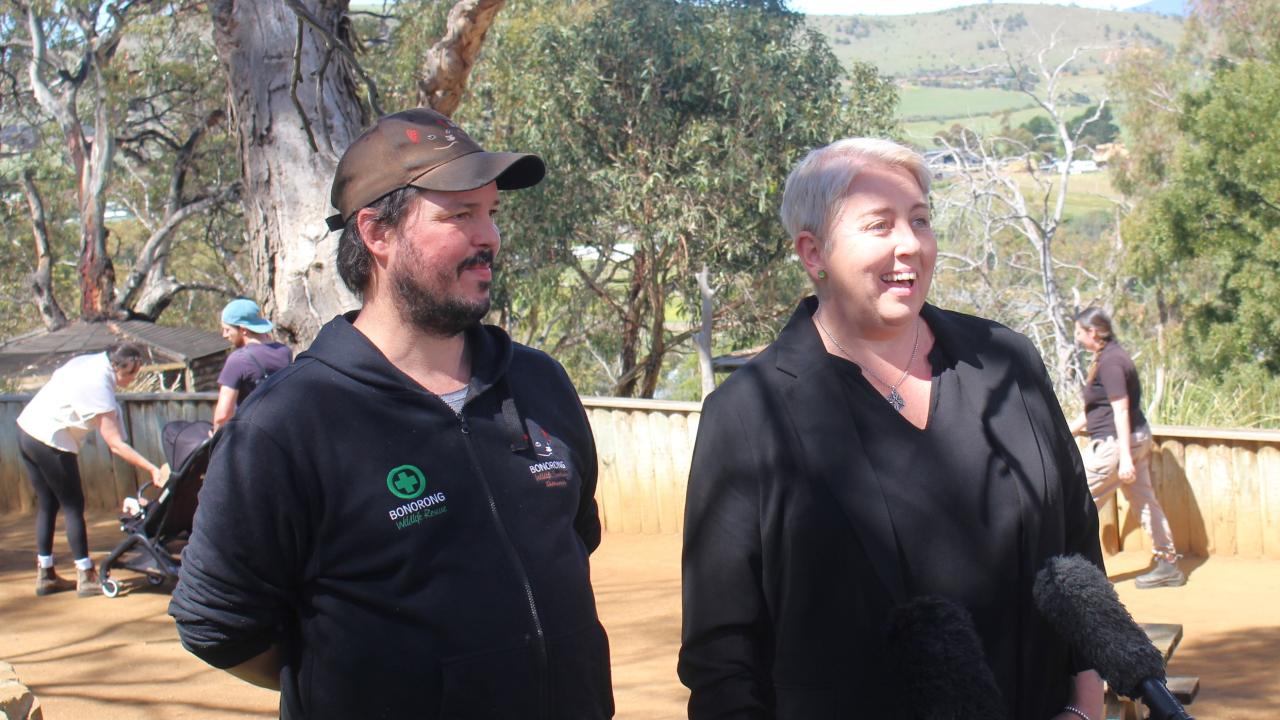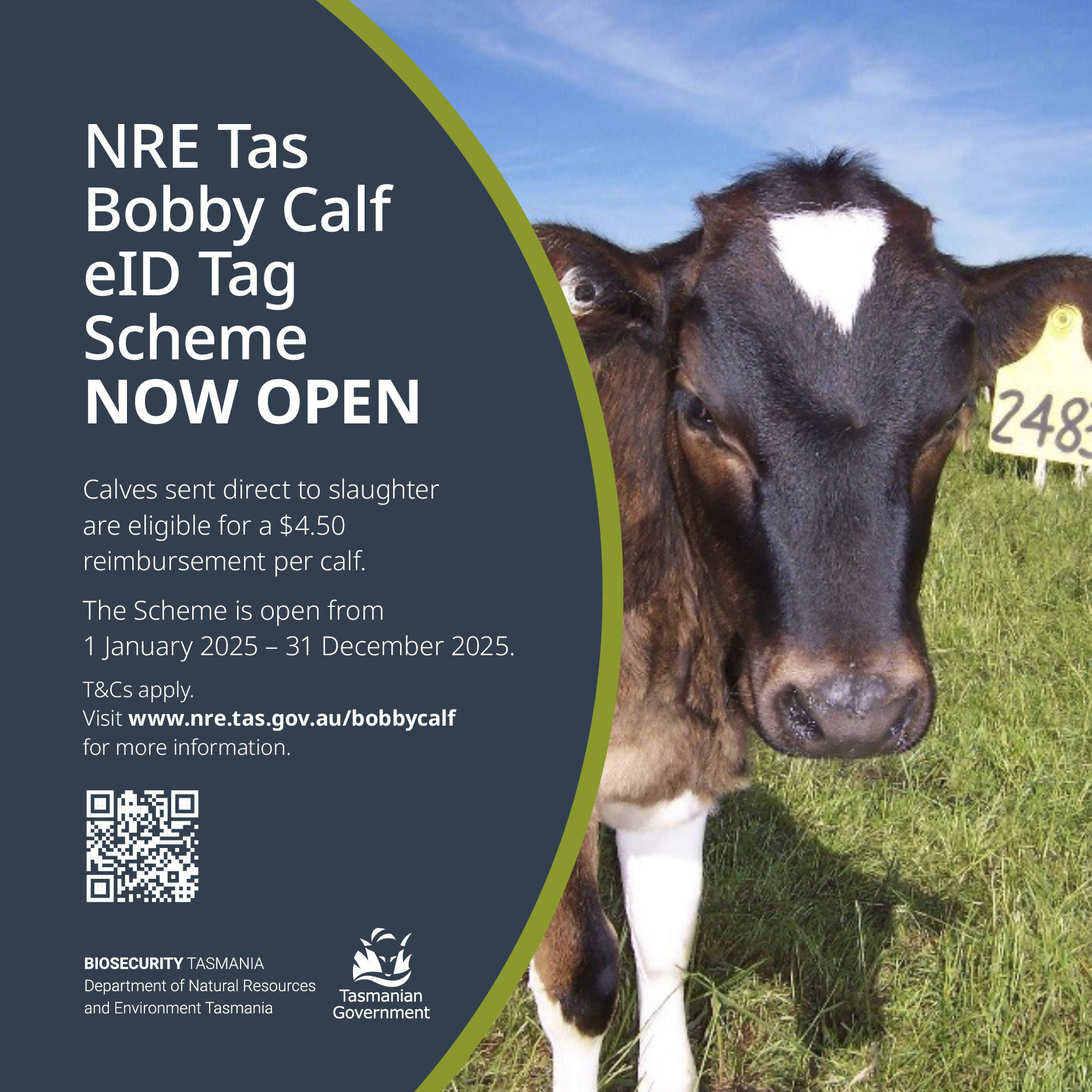Thylacine de-extinction reaches 99.9 per cent genome accuracy

WORK continues to move in leaps and bounds towards the reintroduction of the Tasmanian Tiger back into its natural environment.
Michelle Dracoulis, chair of the 15-member Tasmanian Thylacine Advisory Committee, said scientists reconstructing the thylacine’s genome had reached 99.9 per cent accuracy.
Dracoulis, who’s also Mayor of the Derwent Valley, added that the pace of work indicated it was possible the thylacine could be reintroduced within five years.
The de-extinction project, underwritten by Colossal Biosciences, began in 2022. Mrs Dracoulis approached the Texas-based company, and initiated the ongoing effort to involve stakeholders in Tasmania.
Earlier this month, Colossal and collaborators revealed they have achieved a feat that many scientists believed impossible, reconstructing the world’s first genome for an extinct species.
Colossal CEO Ben Lamm said: “This represents significant progress in achieving the goal of de-extincting the thylacine, and the company is excited for what this scientific milestone can mean for Tasmania and the world.”
At Bonorong Wildlife Park near Brighton this week, Michelle Dracoulis also introduced a series of four educational videos created by the Colossal Foundation and the Tasmanian Thylacine Advisory Committee.
Available for viewing online, the videos track the thylacine’s cultural, social and environmental importance to Tasmania, and what de-extinction science is being used to return it.
Four episodes of two minutes each and explore the critical questions: “What’s a thylacine?”, “Why De-Extinct?”, “How to Bring Back a Legend” and “Birth and Rewilding”.
“We created these videos to help to dispel some of the myths and skepticism, and answer questions that many people have about the thylacine and the de-extinction project,” she said.
Speaking at Bonorong, she noted the thylacine was the apex predator in the state. “Tasmania is at the heart of this project, and we want to make sure locals here at home are as much a part of this as the scientists in laboratories across the world.”
Greg Irons, the Director of Bonorong Wildlife Park who’s also on the Advisory Committee, noted that the demise of the last known thylacine was a comparatively recent event. In fact, Irons believes that some survived as late as the 1970s.
“This means that the natural environment has not yet adapted to its absence,” he said, “or the ecosystem significantly changed.
“So reintroduction would be of immediate benefit to ecosystems here, including reducing the overpopulation of rabbits and feral cats and redressing the damage those species have done.”
He pointed to other similar projects, including the successful reintroduction of wolf populations to Yellowstone National Park in the United States.
Mr Irons said that he was familiar with the concern that working to de-extinct a species was ‘like playing God.’
“Actually,” he said, “it could be considered playing God when he wiped them out in the first place.”
“We live in the greatest place on earth, and we shouldn’t take that for granted.”
The videos and more information: https://colossal.com
Thylacine Advisory Committee: https://colossal.com/tasmania/




Add new comment